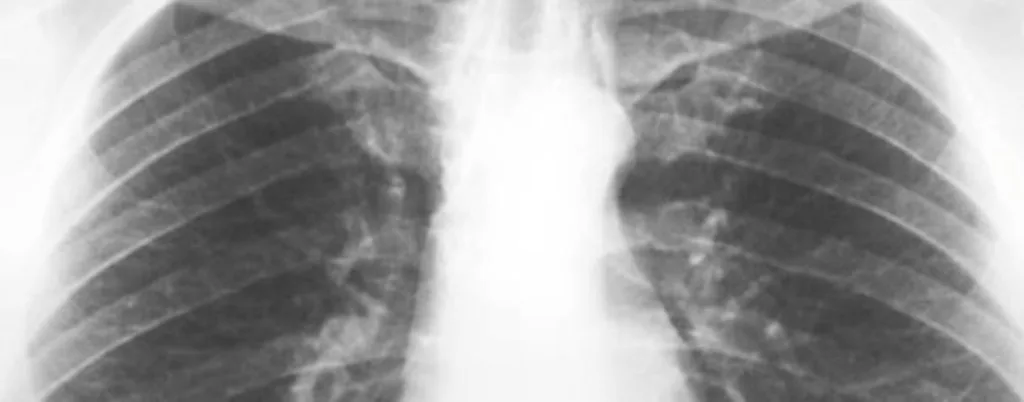Go Blue for Meso
THE FIRST Friday of July every year is Action Mesothelioma Day, organised by the #ActionMeso campaign. The campaign aims to eradicate mesothelioma, which arises from exposure to asbestos.

This year’s theme to raise awareness about the cancer is ‘Go Blue for Meso’. The campaign is encouraging landmarks across the UK to play their part by lighting up in blue.
In the UK, asbestos can be found in many private and public buildings: homes, schools and hospitals, especially if built before 1999. There are 2,600 diagnoses of mesothelioma each year in the UK: more than in any other European country.
Top tips for preventing exposure to asbestos
Here IOSH suggests some tips to prevent exposure to asbestos, which should only be removed by registered asbestos contractors.
- A competent asbestos surveyor or contractor should carry out a systematic survey to confirm the presence of asbestos
- Conduct a risk assessment if asbestos is confirmed and remove it if there is a risk of it being damaged
- Make an asbestos management plan, covering all areas where there are asbestos-containing materials (ACMs). This plan should include
- Who in the organisation is responsible for managing asbestos
- Controls to prevent disturbance or damage of ACMs
- Ways of consulting workers in identifying controls
- Ways of making asbestos information available to workers and contractors
- Ways of keeping, protecting and updating asbestos records
- A schedule to monitor the condition of ACMs
- How the organisation will communicate asbestos management decisions
Plan for work on ACMs
- In major invasive construction work, a competent asbestos surveyor must carry out an intrusive survey before work commences – taking samples at the places where asbestos is at risk of damage
- Inform those who are designing, planning and undertaking the work about the need to remove any asbestos before work can commence
- Communicate the risks to anyone going into the building who might be exposed to asbestos, telling them about the level of risk and the precautions or procedures they should follow to stay safe.
- Provide information, instruction and training to workers whose work may disturb asbestos. Refresh and embed the training through follow-up activity (informal meetings, supervisor briefings).
- Investigate incidents of damage to ACMs or when workers report concerns. Keep records (which must be held for 40 years) of accidental release of asbestos. Note when an incident occurred, the type of asbestos involved, duration and level of exposure. Ensure health monitoring and surveillance for exposed workers. Regularly check the asbestos register and asbestos management plan for accuracy.
- Adjust the asbestos management system, using lessons learned, to reduce the chance of incidents recurring. For example, increase the frequency of reviews for higher-risk ACMs.
HSM publishes a weekly eNewsletter, delivering a carefully chosen selection of the latest stories straight to your inbox.
Subscribe here





